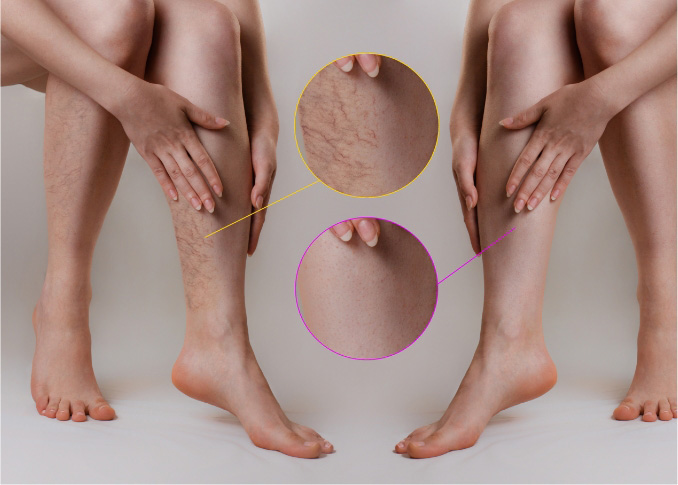What Happens Inside a Vein Treatment Clinic: Procedures to Doctors and Results?
If you have ever experienced leg pain, swelling, or unsightly varicose veins, you may have wondered what actually goes on inside a vein treatment clinic. These specialized centers are dedicated to diagnosing and treating vein-related conditions using modern, minimally invasive techniques. Whether you are seeking vein treatment in Long Island or anywhere else, understanding the process can ease your concerns and help you take the first step toward healthier legs.
What Does a Vein Clinic Do?
The diagnosis and management of venous disorders that include varicose veins, spider veins and chronic venous insufficiencies are the first thing you will always think of when you consider what does a vein clinic do. These are conditions that happen when the valves of your veins become non-functional and as a result, your blood stagnates in the legs. When untreated, they may cause pain, skin modifications, and even sores.
The aim of treatment at a vein clinic is to normalize the blood circulation and ease the symptoms with an individual approach. Vein treatment clinics are usually equipped with board certified vein treatment doctors such as vascular surgeons, interventional radiologists, and phlebologists.

What to Expect at a Vein Clinic
The process takes off with an in-depth consultation. During your first visit, searching for what to expect at a vein clinic, the diagnosis is evident, and your physician would tell you about the possible procedures you have. These could be lifestyle changes, compression therapy, or any of the various minimally invasive methods. Staff will also assist you to learn about insurance coverage and respond to any queries in regard to the process.
Common Procedures Performed
Modern vein treatment clinics offer a range of outpatient procedures that are quick, effective, and require little to no downtime:
● Endovenous Laser Ablation: The operation involves inserting a laser fiber into the vein and closing it off.
● Radiofrequency Ablation: Ladder to EVLA, only that radiofrequency energy is used in place of laser.
● Sclerotherapy: The smaller veins are injected with a solution that results in their collapsing and disappearing.
● VenaSeal™: It involves the use of a medical adhesive to seal the vein.
● Microphlebectomy: Smaller incisions are cut in order to remove larger varicose veins.
These procedures are typically performed under local anesthesia and take less than an hour. Most patients walk out of the clinic and resume normal activities the same day.

The Role of Vein Treatment Doctors
Vein treatment doctors are well trained experts who not only conduct the procedures but also help you during the entire process of your medical assistance. They evaluate your situation, prescribe the most effective treatment regimen and follow through with your recovery. Their professional experience will provide safe, effective, and personal care related to your needs.
In Long Island, where one can find a vein clinic on every corner, selecting the clinic that has established doctors can be a crucial step to a successful outcome.
Results You Can Expect
Patients' get immediate relief of symptoms such as heaviness, aching and swelling is often reported by patients. During the next few weeks, the appearance of veins becomes visible, and the texture of the skin improves. The outcomes are permanent and there is minimal recurrence through adequate aftercare and follow-up.
Most importantly, treating vein issues early can prevent complications and improve your overall quality of life. Whether you're dealing with cosmetic concerns or painful symptoms, a visit to a vein treatment clinic can be the first step toward healthier, more comfortable legs.
Comments
Post a Comment